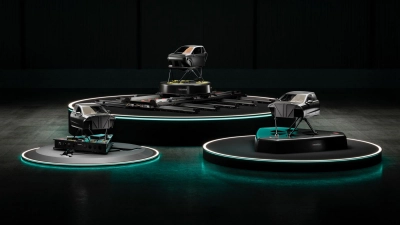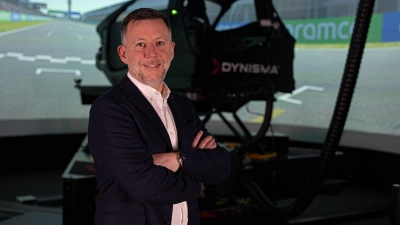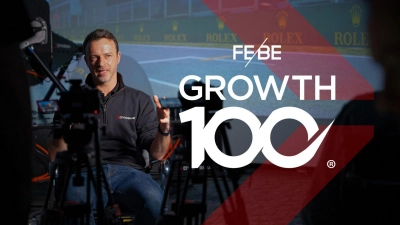
As the world switches to electric mobility, the pressure is on for OEMs and start-ups to develop market-leading, profitable electric vehicles quicker than ever.
However, with an electric powertrain, automotive design and engineering teams face a new set of challenges. There are some obvious new factors to consider, such as calibrating motor torque delivery and regenerative braking, but the differences between EVs and ICE vehicles go much deeper. With different weight distribution, wheel and tire sizes, ride heights to allow for wading, and completely different packaging, it quickly becomes apparent that almost every aspect of the vehicle needs to be redefined. EVs are different – and it is vital that different also means better.
With no time to lose, are conventional development methods too slow and expensive, and is there a way to speed up the process while also having a positive impact on the final product?
At Dynisma, we believe the answer is simulation – but without losing that vital human connection. Driver-in-the-Loop motion simulators provide automotive manufacturers with the ability to conduct advanced, accurate, multiple car user tests at the early vehicle development stage. These tests can be conducted in a controlled, repeatable and safe environment, and on a scale that has never been possible using physical prototypes.
Highly immersive simulators enable engineers and test drivers to evaluate and develop new vehicle designs and can accurately capture data from virtual vehicle tests, all conducted in lab conditions at the early development stage. What separates Dynisma’s simulators from our competitors is our DMG (Dynisma Motion Generator) technology which delivers class-leading high bandwidth and low latency. These properties facilitate motion cueing that was not possible using conventional motion platforms. Our market leading DMG technology enables drivers to experience much more detailed vehicle motion, which includes content necessary to evaluate vehicle models in the required depth.
For example, it's this level of simulation that is crucial when mapping the way an electric car accelerates and decelerates. Our Driver-in-the-Loop simulators can accurately reproduce the subtleties of the driving experience – ride quality, the sensation of speed and throttle response, including the effects of torque vectoring and stability control systems, resulting in acceleration that feels more realistic. Likewise, our simulators play a vital role in the tuning of regenerative braking.
Not only does this speed up development, but it means designers and engineers can push new boundaries and test a wider range of options and scenarios to optimise the driving experience, without the cost or time constraints previously felt by having to develop prototype models and conduct real-world testing.
With EV technology is still relatively new in terms of the automotive market, there are many opportunities and advancements to be made. OEMs need to get there first but they also need to ensure they provide the best possible experience for the driver. Currently, EVs are enjoying a situation where demand is exceeding supply, but with many new models expected in the coming years, the market will become very competitive. Consumer choices will be driven as much by the fine details as by the headline statistics. Ultimately, it’s about how the driver feels in the car, which means having real human evaluation at the required level of fidelity early in the development process. Driver-in-the-Loop motion simulation using high bandwidth motion is the quickest, most cost-effective and most efficient way to achieve this.
EVs represent a redefinition of what we should expect from a car. In response, Dynisma has redefined motion simulation.



